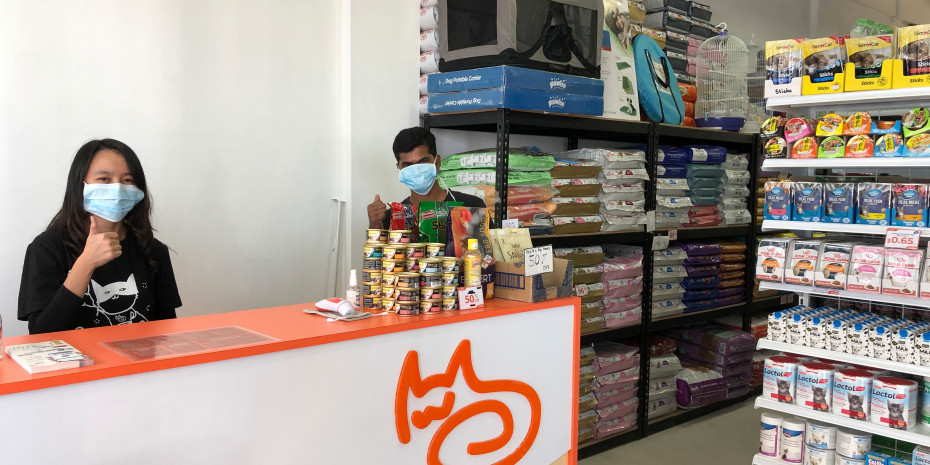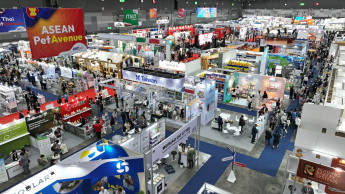Speaking on the opportunities and challenges in Asia, Dr Matthias Koch, founder and managing director of European premium pet supplies importer Anibene and former head of corporate development at German pet product retailer Fressnapf, said the region was a thrilling market that pet companies could not afford to ignore.
Presenting pre-coronavirus numbers, he said the 14-bn-dollar Asia Pacific pet supplies market was projected to grow 11.6 per cent in the next five years. This is faster than the 15-bn-dollar Latin American market, which was expected to grow at 7.6 per cent, the 4-bn-dollar Australasian market (4.6 per cent), the 53-bn-dollar North American market (2.2 per cent) and Western Europe (1.7 per cent). "It's a fantastic opportunity since we do not fight about distribution of market share, but the market itself is growing," he said.
More challenges
Marketing was another challenge in the region of diverse cultures, religions and languages. Matthias Koch noted this diversity impacted on promotions, sale cycles, the kinds of products that could be brought in - in markets that were predominantly Muslim, for instance, pork-based products may be unwelcome- and even packaging. Pricing was also an issue in discount-loving Southeast Asia. David Ng, chief executive of regional pet retail chain Pet…

 Menü
Menü








 1/2021
1/2021












 Newsletter
Newsletter